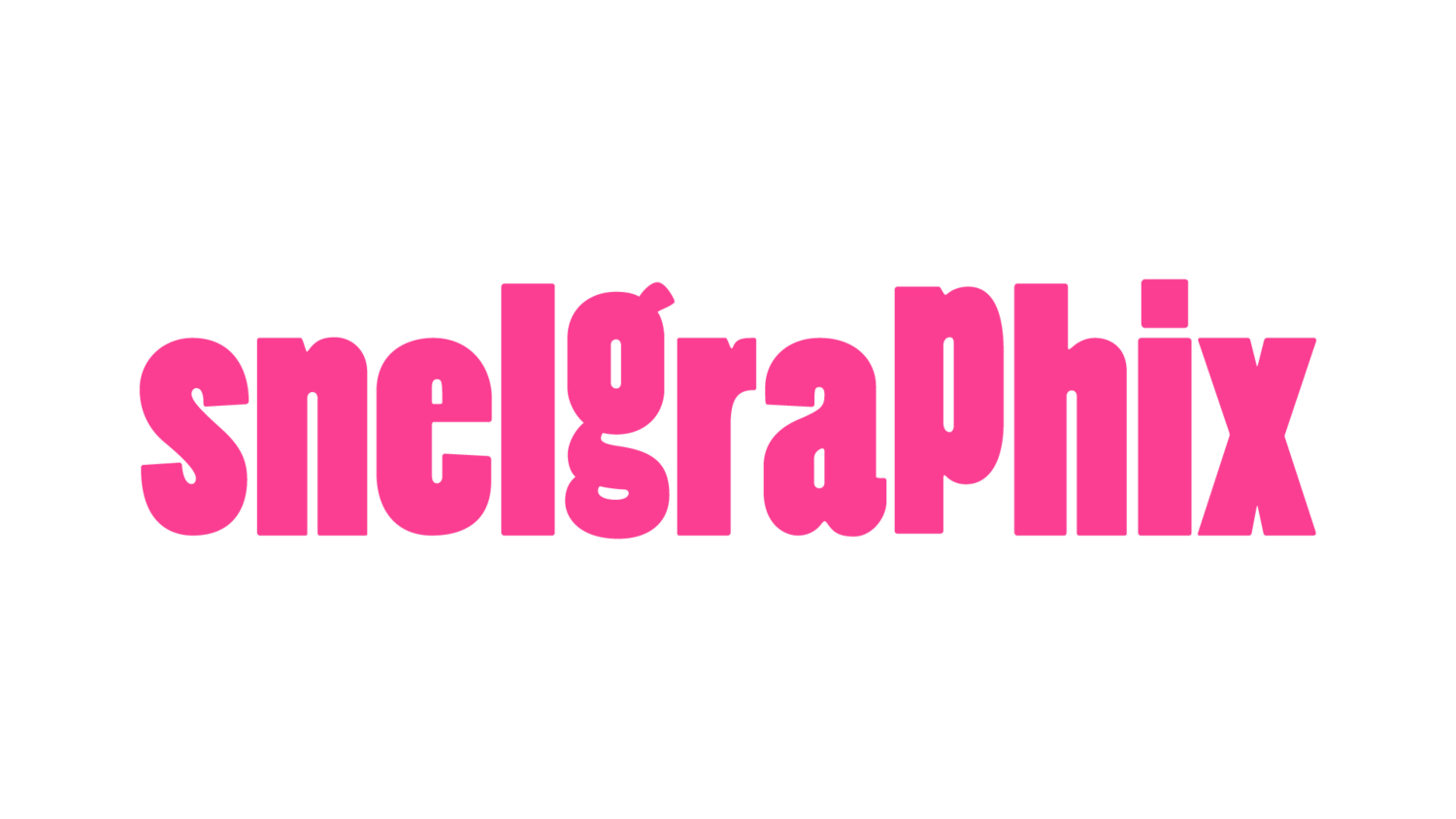Illustrating Conflict
Battle of Bunker Hill published in Scribner's Magazine in February 1898. Illustrator: Howard Pyle • Wikimedia Commons
One of the first war correspondents was a 17th-century Dutch painter.
A large hand-drawn illustration, derived from the sketches he drew during actual combat, accompanied Dutch painter Willem van de Velde’s written account of the 1653 sea battle between Dutch and English navies. Willem van de Velde was one of the first modern war correspondents, one of a number of journalists specifically tasked with describing real-world combat between nations. The development of mass-produced printed media like newspapers and magazines proved essential in establishing journalism as a publicly accepted authoritative form of information sharing during the 18th and 19th centuries. The press would become known as the Fourth Estate, an institution as important to civilization as any governmental body, perhaps even more important. The events recorded by this institution become history.
The Battle of Terheide, 10 August 1653: episode from the First Anglo-Dutch War (1652-54). Art by Willem van de Velde the Elder • Wikimedia Commons
Newsreel Origins
By the beginning of the 20th century, war correspondents were becoming as common as movie theaters and the public was getting accustomed to learning about international events almost instantaneously thanks to technological advances in communication, like telegraph and cinema. At this time, artists and other cultural influencers were taking full advantage of these technological advances to propagate new ideas and novel behaviors in ways impossible during earlier centuries.
Hand-drawn illustrations are impressive but aren’t as culturally significant as moving film images are. There are practical reasons why celebrity endorsement deals are so lucrative for the stars and worth the cost for the advertisers. We empathically respond to social cues from other real people, mirroring their experiences or behavior, as a result of our shared neural physiology. Mimicry is a human instinct. Drawings and paintings, no matter how realistically rendered, can only achieve a limited audience response. Theatrical performances, either live on a stage or recorded and presented projected on a screen, have a far more powerful hold over human perception, imagination, and behavior than any drawing, painting or even expertly produced photograph ever could.
The film industry’s impact on information propagation was as equally profound as its impact on cultural norms. The newsreel created in the early part of the 20th century, by the French multimedia entrepreneur Charles Pathé, would forever change the way we consume the news. Charles Pathé’s company would eventually be renamed British Pathé and was the first company to produce these short documentary films. Pathé News was everywhere; its impact profound. Pathé produced newsreels were screened in cinemas around the world, giving this early modern news media company a global audience. Newspapers now had some serious competition.*
Advertisement for Pathé newsreels, 1915 • Wikimedia Commons
The War To End War
By the time Archduke Ferdinand met his planned assassinated fate, leading to World War One, the planet was connected by film theater chains and undersea telegraph cables. The President of the United States, Woodrow Wilson shared the opinion of the American public he was elected to represent, he was against American involvement in World War One and charted an appropriate course. Hollywood agreed with this sentiment too and produced films reflecting this peaceful view. This would prove true up until President Woodrow Wilson’s reelection in 1916.
Douglas Fairbanks, movie star, speaking in front of the Sub-Treasury building, New York City, to aid the third Liberty Loan. • Wiki Commons (Image photoshopped with Snelgraphix branding rainbow.)
The RMS Lusitania
A year earlier, in 1915, at the start of World War One, the British ocean liner, the RMS Lusitania was targeted by German U-boat artillery and torpedoed until it sank to the bottom of the sea. Many lives were lost. British and Americans died that day. This horrific event acted as a catalyst for increasing public support for the war on both sides of the Atlantic Ocean. Unlike the 17th century depiction of naval sea combat rendered by the expert hand of artist Willem van de Velde, this important early 20th-century naval event went unillustrated. Another artist, Windsor McCay would rectify this situation with the silent animated short film titled, The Sinking of the Lusitania. It took the famed cartoonist and animator two years to complete his representative recreation of this pivotal historical event that lacked photographic support. In 2017, nearly a century after its release, this culturally significant film was selected for preservation by the National Film Registry.*
'The Track of the "Lusitania"' (Cropped.) • Wikimedia Commons
The Committee on Public Information
Soon after his inauguration in 1917, terrible events reported by war correspondents had changed President Woodrow Wilson’s publicly stated views. He now appeared to agree with those whom he once disagreed with and set the United States on a course towards war, creating the Committee on Public Information (CPI) to oversee public relations efforts communicating this new direction. These efforts would include the use of the press and entertainment media. Notable illustrators were commissioned by CPI to create iconic poster art. The committee would even use news journalists to influence international audiences. The majority of the American public was originally opposed to any involvement in this conflict but quickly came around to supporting American participation on the international stage at about the same time Hollywood celebrities decided to endorse the United States government’s war effort. Along with public celebrity appearances, the film industry produced movies that reinforced the need to support the war effort in whatever way one could. Hollywood played its part in steering the public towards mobilizing for war and building a new American identity that would be understood in an international context, emphasizing the responsibility of being a United States citizen. This ensured Hollywood’s future, allowing it to grow from humble beginnings into the massive globally influential juggernaut it is today.*
Can you imagine what Earth would have been like had the United States avoided the conflict and stayed neutral during World War One? Luckily this idea is confined to the world of the imagination. War reporting combined with public relations allowed us to avoid finding out about that fate. As we know, the First World War ends with victory for the United States, Britain, France, and their allies.*
During the early days of negotiated post-war peace, when movie stars were still black and white projections, the revolutionary marriage of electrical engineering and chemistry would prove an irresistible public lure, especially when combined with the power of celebrity charisma. As a result of Hollywood director Cecil B. DeMille’s incredibly influential film work, new fashion styles that once took the public months to adopt, when the media for these future cultural norms was limited to print publications, were now immediately embraced by the audience.*
By the 1930s, world-changing events reported by radio programs were commonplace and television was just starting to be developed into a commercial product. Overseas war journalism, once limited to written accounts accompanied by hand-drawn illustrations, could now be reported with photographic detail, thanks to not only the electrically powered printing press but to the proliferation of movie theater chains and attendant ubiquitous newsreels with moving black and white imagery and sound. Of course, there were forces at work who sought to take advantage of all of the 20th-century advances in industrial manufacturing, public relations and communication technology, in order to implement a fascist agenda. But that is a correspondence with an accompanying illustration, best saved for another time.*
Hollywood - Ep 4 : Hollywood goes to War - YouTube



































